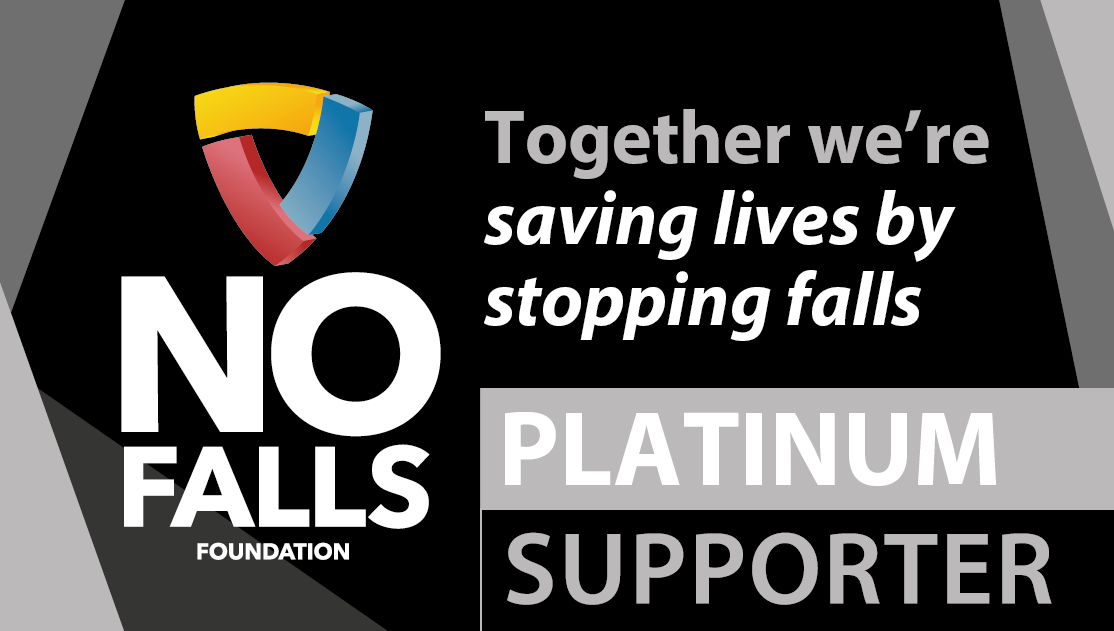“Ensure that no person engages in any activity, including organisation, planning and supervision, in relation to work at height or work equipment for use in such work unless he is competent to do so” – Work at Height Regulations 2005
“In 2013/14 falls from height were the most common cause of fatalities, accounting for nearly three in ten fatal injuries to workers” – HSE
Competence
The Work at Height Regulations 2005 single out competence as a requirement for working at height – if someone is not competent, they should not be on a ladder at work.
Competence comes from training, knowledge and experience. That is why a LadderCard – awarded after a Ladder Association training course and valid for five years after the training is completed – is used as a way to demonstrate that users are trained to work at height from a ladder and can help to evidence the competence required by the Work at Height Regulations
Without adequate training, can you really say you’ve done as much as possible to avoid a fall from height? Without a LadderCard, are you sure you can prove that if one does take place?
Fatalities
HSE statistics show that fatal injuries in the workplace have remained level in recent years and falls from height is still one of the biggest causes.
Injuries are in the thousands, and while people might assume that they are not in much danger while working at low levels on a ladder, those falls can make up a large number of these injuries. RIDDOR statistics released before the Work at Height Regulations 2005 showed that 60% of falls recorded were “low falls” from below head height.
The results of an injury can be devastating. One of the clearest ways of showing these results is to hear from someone who a fall happened to – such as in the powerful Jason Anker video below.








